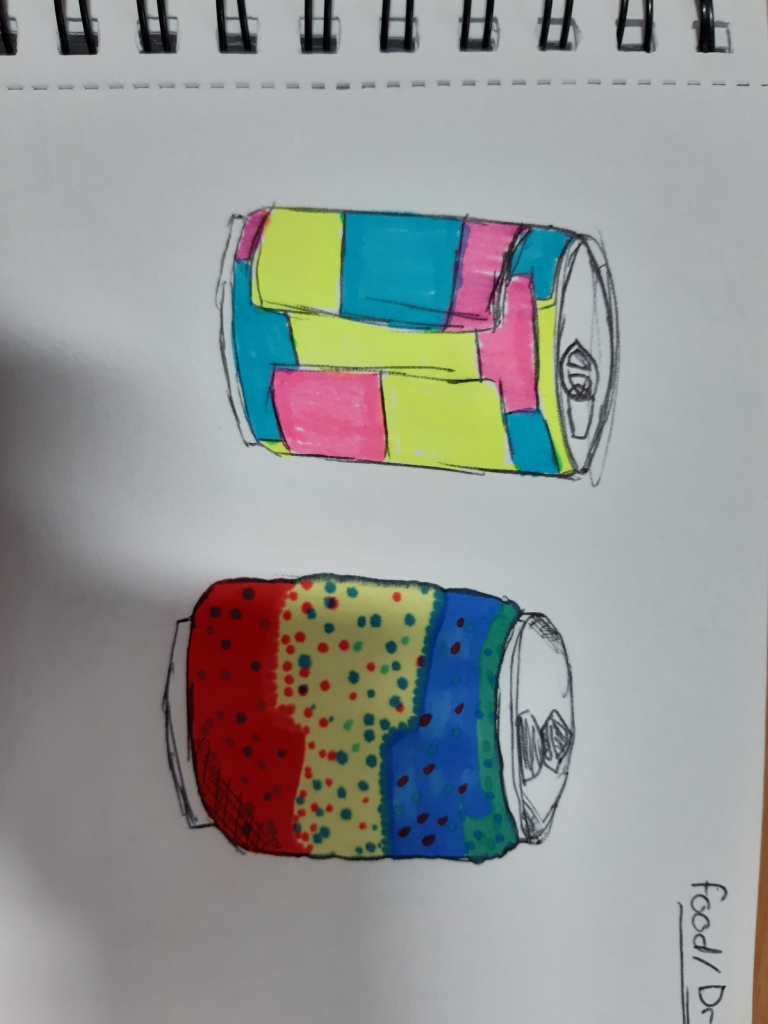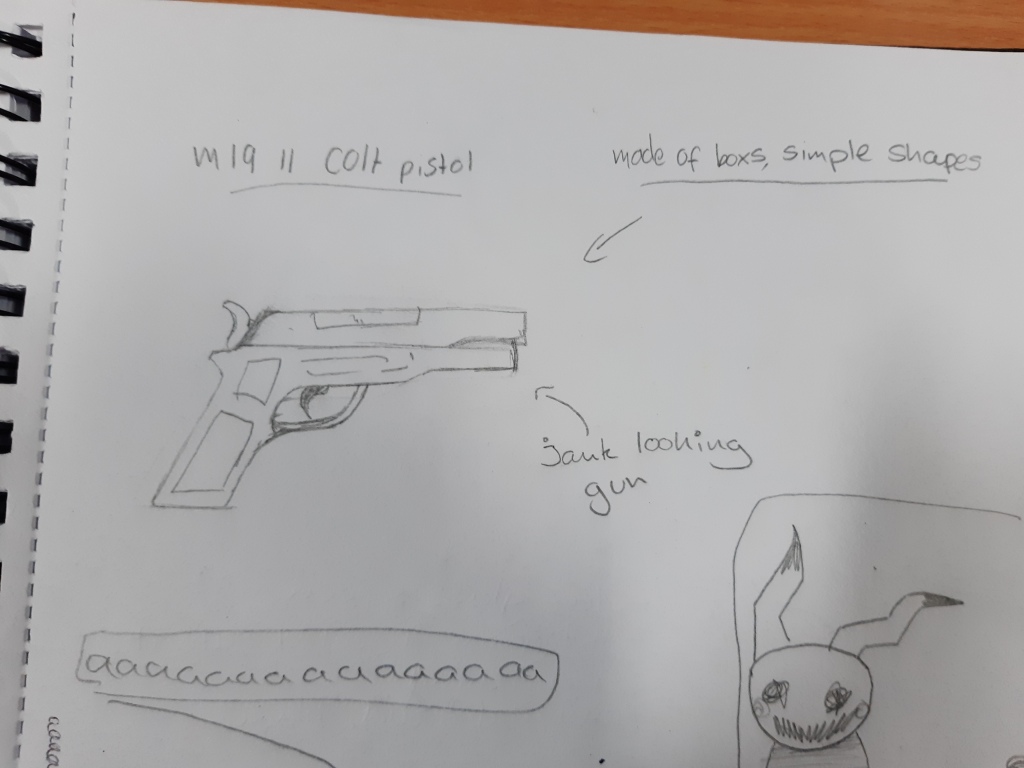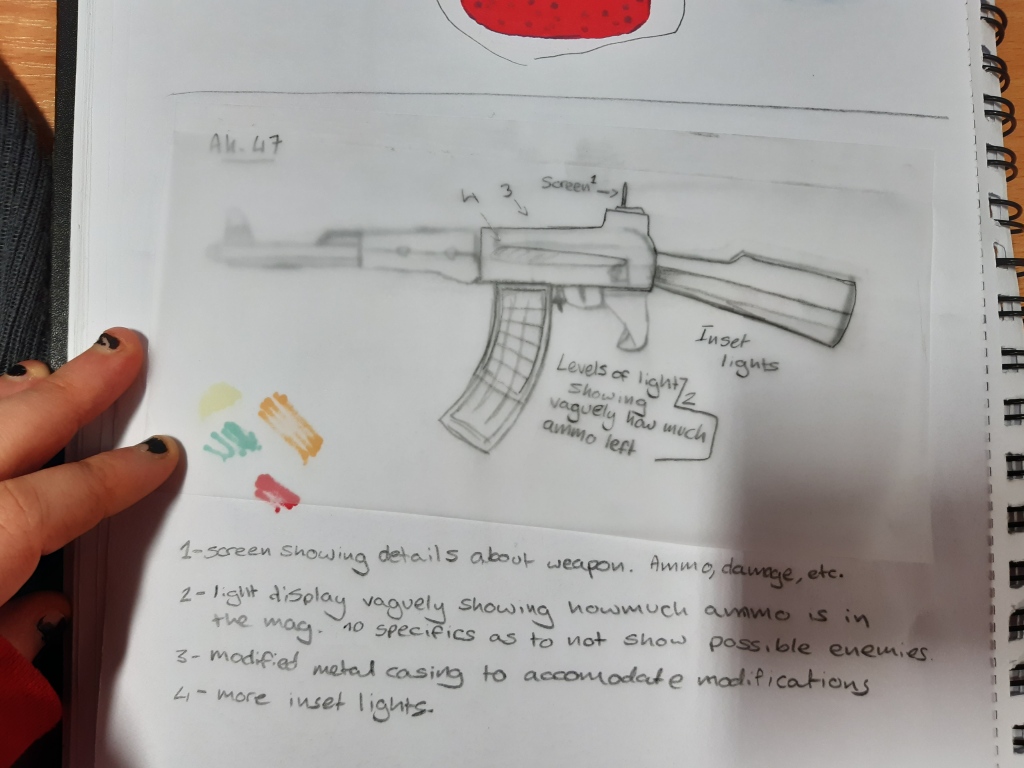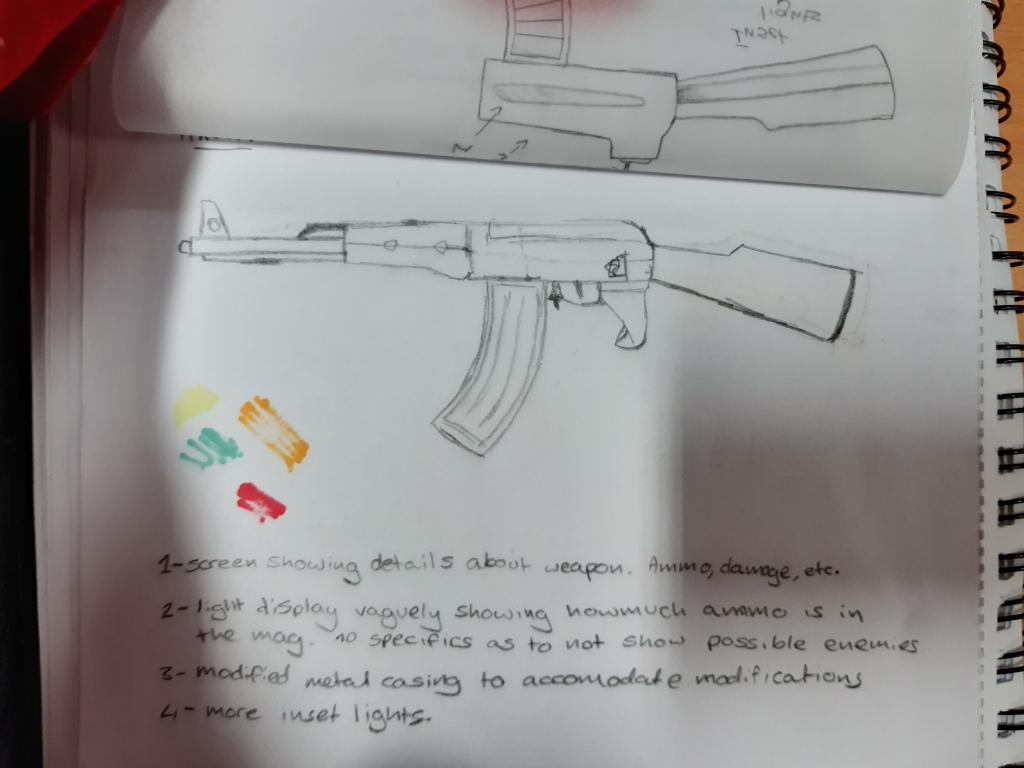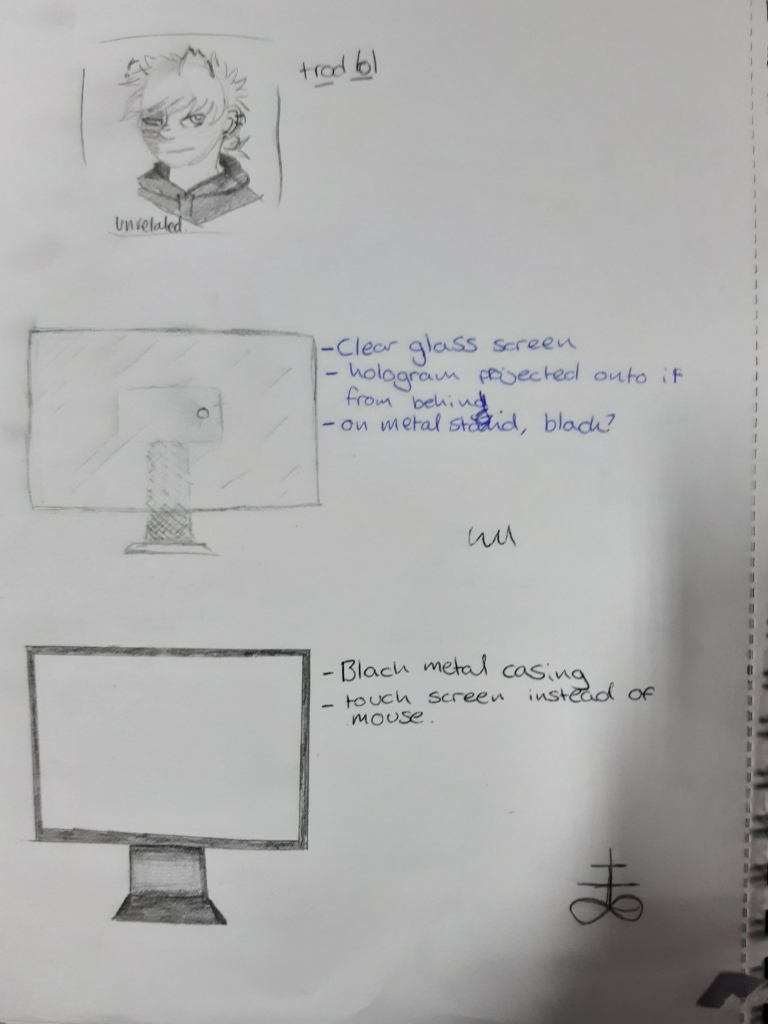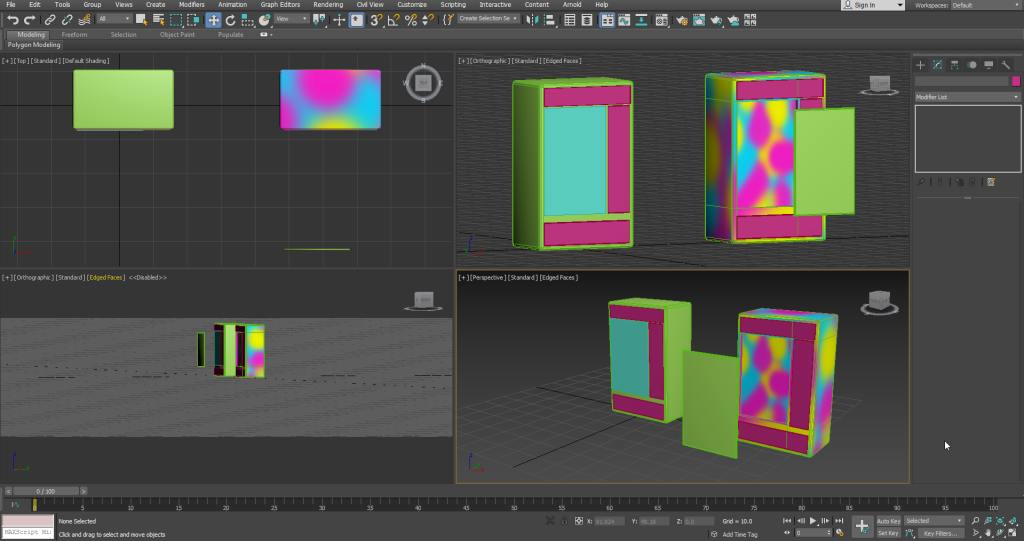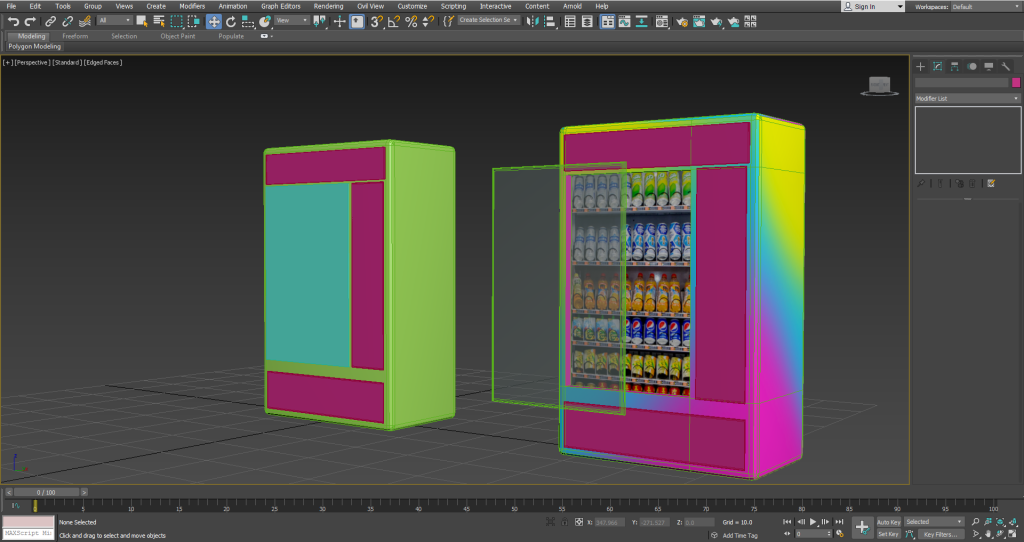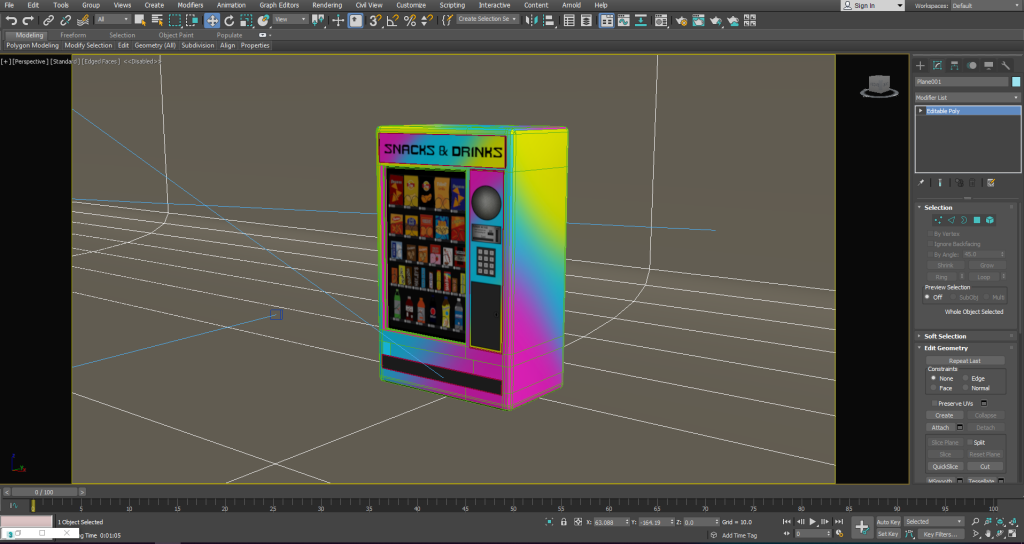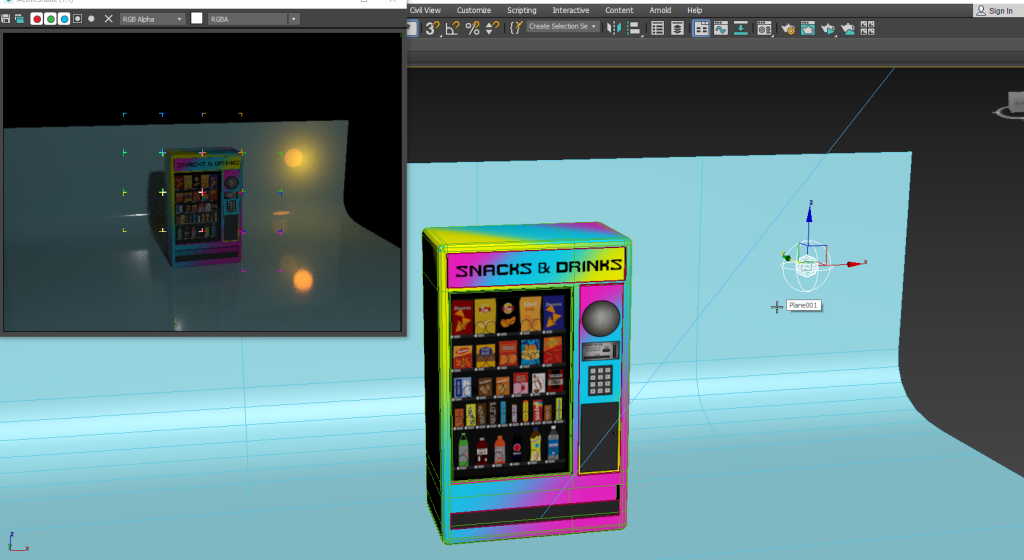Research
CD Projekt + CD Projekt Red
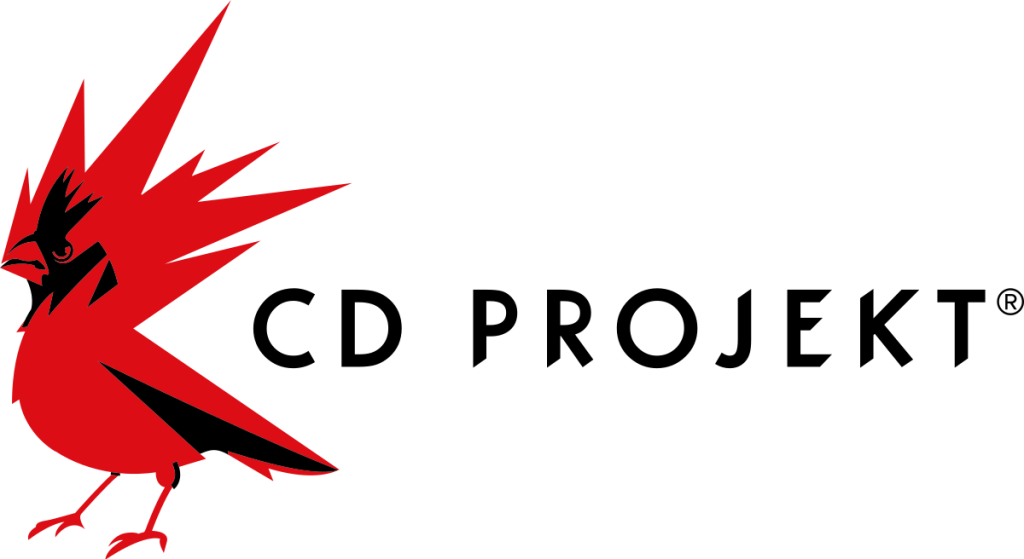
CD Projekt was founded by Marcin Iwiński and Michał Kiciński in May of 1994. The company was originally focused on selling cracked copies of games, as Poland at the time was still in the Soviet Union’s “Iron Curtain”, the area where they still had influence. This meant that video games weren’t as openly available to the young founders so they took advantage of the lack of Polish copyright laws and sold cracked copies of western games. Eventually, the pair wanted to create a legitimate business and began importing games from the US instead of cracking them, and founded CD Projekt. They were the first importers of CD-ROM games in Poland and with only $2000 to their names, they began their office from a friends flat, rent free.
CD Projekt Red is an off branch of CD Projekt, being specifically created to work on video game development rather than just localization so the founders could expand their horizons. They began development on a role-playing game, similar to Diablo and Dark Alliance, and pitched a demo to multiple publishers, all without success. After being denied, the offices that worked on it were closed, with the header moving to the Warsaw headquarters before leaving the company. After this, Kiciński headed the project and development continued but they abandoned the demo as it lacked direction. This returned the project to the drawing board and the team who was unfamiliar with game development spent almost 2 years organising their production. They got help from BioWare, a company most well known for Mass Effect. BioWare helped out CD Projekt by promoting the game at E3 (Electronic Entertainment Expo) 2004 by offering them a space in their booth, next to Jade Empire. BioWare also licensed CD Projekt to use their game engine.
CD Projekt Red has been working on Cyberpunk 2077 since roughly 2015 and as 2020 rolls around, the game is almost ready to be released. The date for release is said to be 16th April 2020.
Visual Research
Detroit: Become Human (DBH) is a game released in 2018 by Quantic Dream and follows to stories of 3 androids. Connor, a police investigator android who is searching for sentient or “deviant” androids, Kara, a housekeeper android who gains sentience and has to protect a little girl from her father and Markus, a caregiver android who gains sentience and proceeds to rally other androids into fighting for their rights.
The game is set in 2038, not too far into the future but far enough for the player to believe the technology in the game. The technology I’m focusing on is the vehicles rather than the androids as it will be easier to compare.

From left to right and starting on the top row of my image, there are 4 construction vehicles. These being a flatbed truck, a road works vehicle, a scissor lift and a crane. The other 3 vehicles are a bin lorry, a delivery truck and possibly a military vehicle. Something to note about all the vehicles, you can see a space where a driver can sit but often in the game, there are unmanned vehicles, specifically taxis and busses are unmanned.
All of them have very wide cabins, meaning there is probably space for a whole team of workers and gear and a lot of them have very little framing around the glass, giving the driver and passengers a lot of vision around the truck. The bin lorry specifically is what I like the most, because it has a recycling symbol on the side along with the phase “all parts included”. This seems to suggest that everything can be recycled in this future and so there is no need for regular bin lorries.
Going back to the construction vehicles, they all seem to have the same cabin, all having tow hooks and lights in the same places, along with a light/reflective strip under the windshield. They all have a bright, almost unpleasant yellow colour, possibly making them stand out from regular vehicles and making it so people can see them clearly. They also have sporadic red and white tape around them, making them stand out even more.
All the vehicles are huge and look solidly built. They are all very blocky shaped, making them hard to miss. The only one that may be able to blend in would be the suspected military vehicle, being smaller looking and less conspicuous.
In my designs, I might use the idea of less framing and more glass to give drivers more visibility around their vehicle.
Cyberpunk 2077 is an upcoming sci-fi game set in the future, 2077 to be exact as its name suggests. It’s being developed by CD Projekt Red, a subset of CD Projekt especially made to create video games. The video game is adapted from the role-playing game franchise Cyberpunk. The game takes place in Night City, a fictional place with 6 districts.
The vehicle I’m going to focus on is the Quadra V-Tech, the only vehicle we’ve gotten a good look at though trailers. It was originally shown in the Cyberpunk 2077 E3 2018 trailer, where it was being driven by V, the main character. The car was again shown in gameplay footage, again driven by V but owned by Jackie Welles.

Quadra V-Tech, Cyberpunk 2077 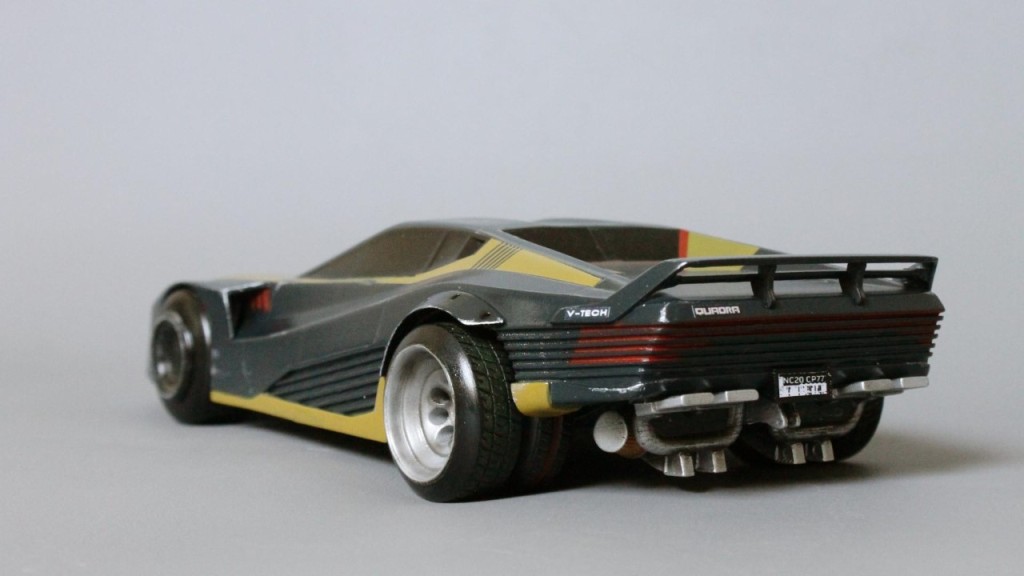
The Quadra V-Tech has a design obviously inspired by 1980s sports car, having a wedge shape and bulging wheel arches. It has no rear bumper, leaving the exhaust clearly visible. It has huge wheels at the back, suggesting it’s a rear-wheel drive and since the bumper is gone, you can see the exhaust manifold and air intake, suggesting the engine is at the back of the car. The design of the car also has a large rear light system, having 4 strips of light across its back end under the spoiler. These could be both decorative and functional, acting as brake lights and indicators, possibly changing colours to indicate these things. It’s a glossy black/grey colour with more red accents towards the front, in what I can only assume is the output for the engine.There are also some mustard yellow colouring on the sides of the vehicle, but this is hard to see in the first image.
For my own work, I’ll use a lot of light accents and glossy textures as it would fit well in the game. I may also use the idea of rear-mounted engines as it seems that cars for the future often have them.
Games research
Poly modelling
Polygonal modelling, also known as poly modelling, is a way of modelling objects in 3D graphics by representing their shapes and surfaces using polygon meshes. This type of modelling is well suited to scanline rendering, making it the method of choice for real-time computer graphics.
Plane modelling
An advanced tool in modelling. It starts as a square plane, a flat shape, and is pulled up and shaped into complex shapes as needed. Can be used to make faces, cars, etc.
Artist Research
Derek Weselake is a freelance concept artist/illustrator based in Vancouver, Canada. He specialises in environment design, character design and illustration for videogame, film and animation industries. He primarily uses a blend of 3D modelling and photoshop.

I chose to focus on futuristic vending machines as my design ideas, so i looked for similar pieces and artists and found Weselake’s work. The first vending machine is very similar to vending machines we already have, having a very blocky, rectangular shape to it and having a simple button interface to choose what you want. It is brightly coloured and lit up, the main colour being pink with white sprinkled in.
The second seems to be a drinks dispensing machine, having more shape to it. The silhouette isn’t just a block and has some metallic looking parts sticking out. It also has lights sporadically around it, lighting up the interface and actual products in the machine.
The third design is again, blocky but this time is less lit up, being an orange colour. I think the artist decided it didn’t need mush light as orange is already a bright colour and the lights weren’t needed as much with this design.
The forth design is possibly the most simple design on the sheet, being a long, thin vending machine with a mostly blue and white colour scheme. The interface is rather small and blends in with the machine too well to be readily visible, in my opinion.
The second row of machines has more variation in shape and design, the first on this row being a curved machine dispensing coffee. The front is bulged out and rounded, giving it a smooth and sleet look, whereas the interface and dispensing area is a small rectangle on the side, flat to make it easier to get your products presumably.
The second on this row has a very futuristic look, being brightly coloured with pink and blue as primary colours in the scheme. It has a holographic/screen interface and seems to be voice activated, rather than having to use your hands to press buttons. It also seems to be floating, meaning it could be moved around easily and put in more busy places if needed.
The third design has a glass screen type thing around the front, both seeming to be the glass to see the products and be the interface for getting your products out. It stands out the least in my opinion, as it is black with only the keypad and a small logo light standing out from it. I still like the design though and thing it is a cool use of using the screen as the product glass.
The final machine on this row is bright green and grey, having a very radioactive look to it. It’s silhouette is blocky but it does have some elements of shape to it. It seems to be a battery dispensing machine, having “Man Battery” seemingly etched into the metal at the top of the machine. It seems very simple at first glance but still has an element of detail with the shapes around the blocky main part.
I think I’ll use bright colours with my machine, as a lot of designs have bright colours and lights to make them stand out. I’ll also use the simple shape approach, as I don’t think my skill level is high enough to make more complex shapes yet. I’ll also think about using a futuristic font for my machine, to make it feel like it belongs in the future.
Planning and design
Development of design
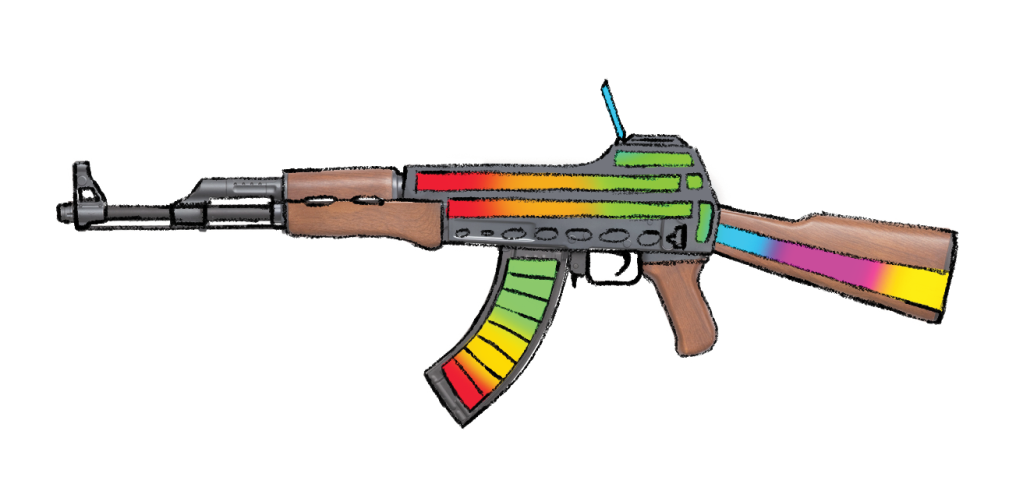
I chose vending machines as my projects subject as I found inspiration from Japanese vending machines and how they have almost anything you could possibly want in a vending machine.
During development, I learnt how to unwrap nets of poly models and use Photoshop to create custom skins for my model. I also developed my skills in 3DS max by learning how to extrude and create detail without adding whole other blocks. My lighting and rendering process went well but I think I could improve my model by adding lights inside the machine to light up the products inside.

My final render is meant to be lit as an alley way, where a lot of vending machines are found in Japan. I chose an orange light as normally, lights in old alleyways are burnt out and orange. this also gives a darker, more rustic look to the scene.
Evaluation
I didn’t do any primary research for this unit, but I did a lot of secondary research. My sources were mixed, I think some were more reliable than others, but all had good information and helped me to complete my project. The main things I learnt from my research was the names of techniques of modelling, such as poly modelling and plane modelling, and what these techniques involve. The research I did on vending machines influenced my design, but I could have done better and found more futuristic vending machines that could have improved my own design. I think my research went smoothly and I learnt a lot from it.
Some of the designs I came up with could be unsuitable/inappropriate (guns, knives, etc.) but I think the way I changed their designs helped them be more suitable. Adding lights, screens and other tech to them gives them more use than just as weapons. My annotations help the viewer know what’s going on in my designs, as I think the actual sketches are messy and unclear. The target audience for Cyberpunk 2077 is young adults, so I think my knife and gun designs are age appropriate. If the game had been aimed towards younger audiences, I think I would have stayed away from weapons.
I think the quality of my work is amateur but is to be expected as I am still new to 3DS max and need to learn more about the program and practice to get better. I think I got frustrated at times with using the program because I didn’t understand what I was doing, or something went wrong, but I think I have improved a lot since the first time using 3DS max.
I am happy with how my final render came out but think that it could be improved using more lights and more complex shapes. The new skills I learnt were how to unwrap nets of poly models and put their nets into Photoshop to create custom materials. This helped with my vision of my vending machine being brightly coloured. My work has vastly improved from the last 3D project and I’m happy with my time management on this project.
Harvard References
CD Projekt Red logo – Wikimedia. (2020). CD Projekt logo. Available: https://upload.wikimedia.org/wikipedia/en/thumb/6/68/CD_Projekt_logo.svg/1200px-CD_Projekt_logo.svg.png. Last accessed 07/01/2020.
Cyberpunk Car – futurecdn. (2020). 8Cfv4hhZaJUbYgFS5F32vJ. Available: https://cdn.mos.cms.futurecdn.net/8Cfv4hhZaJUbYgFS5F32vJ.jpg. Last accessed 07/01/2020
Detroit: Become Human vehicles – pinimg. (2020). 58884d8dd090e3360990cf46174ad4c4. Available: https://i.pinimg.com/originals/58/88/4d/58884d8dd090e3360990cf46174ad4c4.jpg. Last accessed 07/01/2020.
Vending machines – Derek Weselake. (2020). derek-weselake-vendmidfinal2020. Available: https://cdna.artstation.com/p/assets/images/images/001/148/708/4k/derek-weselake-vendmidfinal.jpg?1441066413. Last accessed 21/01/2020.

